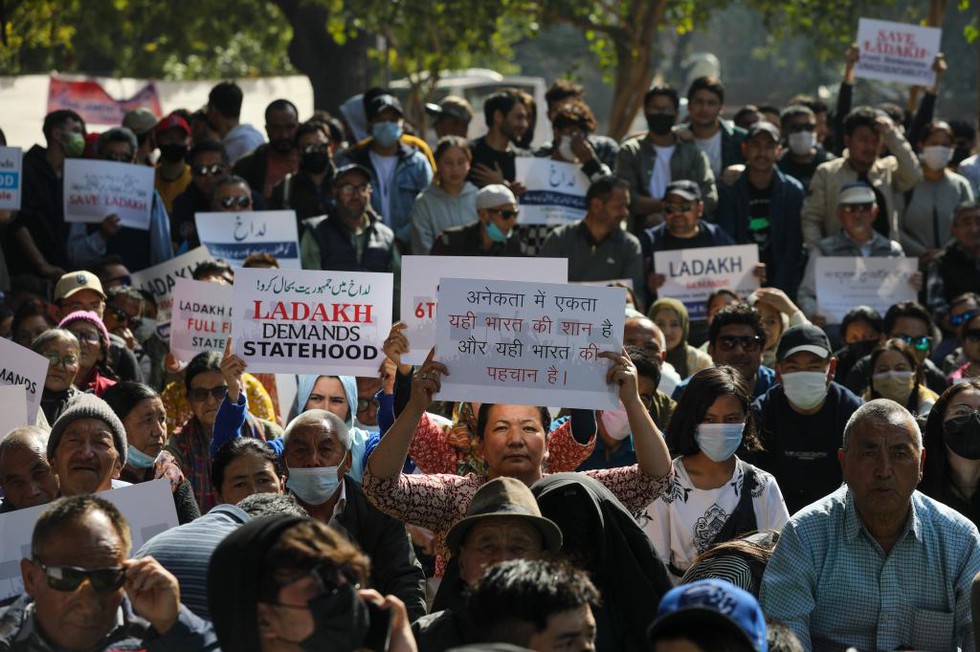About Sixth Schedule of the Indian Constitution:
- It provides autonomous powers in terms of administration of tribal areas in Assam, Meghalaya, Tripura, and Mizoram. Its provisions are present in Articles 244(2) and 275(1) of the Indian Constitution.
- District Councils and Regional Councils:
- The tribal areas in the four states of Assam, Meghalaya, Tripura, and Mizoram are to be administered as Autonomous Districts.
- If there are different Scheduled Tribes in an autonomous district, the Governor can divide the district inhabited by them into Autonomous Regions.
- The Governor is empowered to organize and reorganize the autonomous districts. He can also increase, decrease the boundaries, or alter the name of any autonomous district. There are presently three ADCs in Assam, Mizoram and Meghalaya, respectively, while Tripura has one.
- According to the Sixth Schedule, each autonomous district will have a District Council with a maximum of 30 members, of whom not more than four persons shall be nominated by the Governor, and the rest shall be elected on the basis of adult suffrage.
- There shall be a separate Regional Council for each area constituted as an autonomous region.
- The Governor will also decide the rules of the District Councils and Regional Councils in consultation with the existing tribal councils or other representative tribal organisations within the autonomous districts or regions concerned.
- Powers:
- Both councils can make laws related to the occupation, allotment, and use of lands other than any land which is a reserved forest.
- They can also make laws regarding the management of non-reserve forests, the use of canals or another water source for agriculture, the regulation of jhum and other forms of cultivation, the formation of village or town councils and those related to their administration, the inheritance of property, and social customs.
- These councils are also empowered to make laws for the regulation and control of money-lending or trading by any person other than Scheduled Tribe residents in that Scheduled District.
- Both councils have other legislative, executive, judicial and financial powers, but they vary from one state to another. However, the laws they make should receive the Governor’s assent.
- These Councils are empowered to assess and collect land revenue and impose taxes on professions, trades, animals, vehicles, etc.
- The Councils are given the power to grant licenses or leases for the extraction of minerals within their jurisdiction.
- They are given the power to establish, construct, or manage primary schools, dispensaries, markets, cattle ponds, fisheries, roads, road transport, and waterways in the districts.
- To autonomous districts and autonomous regions, the acts of Parliament or the state legislature do not apply or apply with specified modifications and exceptions.
- Administration of justice in autonomous districts and autonomous regions:
- The District and Regional Councils are empowered to constitute Village and District Council Courts for the trial of suits and cases where all parties to the dispute belong to Scheduled Tribes within the district.
- The High Courts have jurisdiction over the suits and cases which are specified by the Governor.
- However, the Council Courts are not given the power to decide cases involving offenses punishable by death or imprisonment for five or more years.
- The Governor can appoint a commission to investigate and provide a report on any issue pertaining to the management of the autonomous districts or regions.
